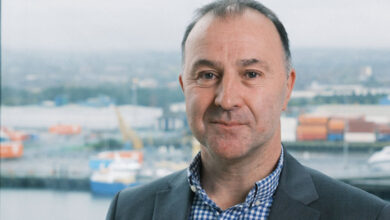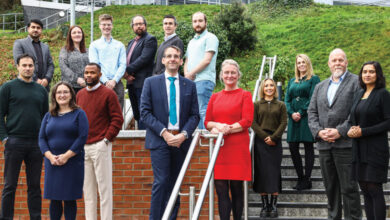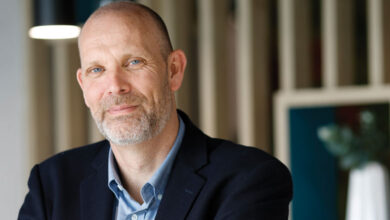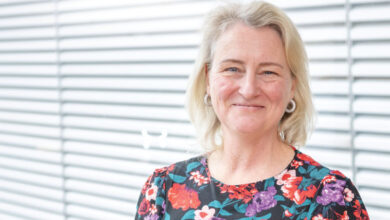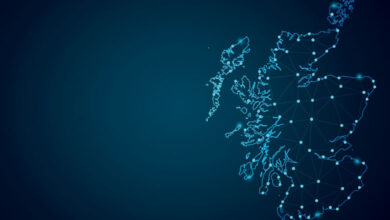Euro interconnection: John Constable
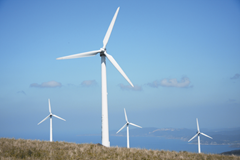 Electricity interconnection is not a solution to wind capacity but a tool to strengthen trading positions, the Renewable Energy Foundation’s John Constable tells Meadhbh Monahan.
Electricity interconnection is not a solution to wind capacity but a tool to strengthen trading positions, the Renewable Energy Foundation’s John Constable tells Meadhbh Monahan.
While it is generally accepted that interconnectors allow more renewable energy (mostly from wind generation) to be connected to the electricity networks; John Constable argues that local wind power management strategies are also needed.
“Nobody should fool themselves into thinking that interconnection is a solution,” he tells agendaNi. “It’s a neutral channel through which one market reaches out to another to obtain a solution at a cost.”
Constable, who is the director of policy and research at the UK charity, suggests that “in order to strengthen trading positions, you should have the capacity to offer solutions to that wind management problem.”
While “the people on the other end of the connector may be your friends” they will still “drive a really hard bargain.” Therefore, trading partners should be able to deal with their own problems so they are not exposed to extreme market disadvantage.
Interconnection is also susceptible to political and economic events in participating countries, Constable continues. He cites the Sweden-East Denmark interconnector as an example. On 7 December 2010, there was very severely reduced interconnector availability in East Denmark because the interconnector was being replaced but Swedish customers were protected because of a Swedish congestion policy. The EU has since asked Sweden to review that policy. “Unless there is synchronisation of congestion policy throughout these areas, market disadvantage may arise for some participants,” Constable warns.
“You need to be able to deal with the problems on your own grid area, both for technical and economic reasons. You don’t want to be reliant on your partners. If you go into the market with surplus wind energy, or because you need to buy energy on the interconnector you don’t want to be over a barrel,” he reiterates.
Targets to reduce the European Union’s greenhouse gas emissions by 20 per cent and increase its energy consumption from renewable sources to 20 per cent by 2020 are “politically driven [and] over-ambitious.”
“They are technically unrealistic because the pace required is too quick. They are economically unrealistic because we have no idea if we are going to be rich enough to afford it and yet they are paradoxically legally binding,” Constable states.
“Because you’ve got targets, you are not looking at organic growth but over-rapid, artificial growth,” he contends.
He believes that organic growth would lead to new innovation and inventions but because of the target, “you will simply grab hold of the nearest available technology which will get you there.” This will lead to “suppressed development.”
The idea of creating European-wide electricity interconnection, as proposed in the EU’s Roadmap 2050 policy, is unrealistic, according to Constable.
“Such a grid would be under-utilised and very expensive,” he remarks. “If its principle purpose is to flush surplus wind energy from one side of Europe to another, you are talking about low-load factor plant which has very high peak outputs but relatively low forms of energy.”
He adds that wind patterns are unpredictable therefore “it’s very optimistic to think that low wind in Germany is going to be neatly balanced by high winds in the British Isles.”
“I’m frankly tired of listening to these dreamy presentations on pathways to 2050. You imagine someone in 1911 looking forward to the 1950s and you think what lies between those two dates: two world wars, the Depression. It’s just too far away,” Constable adds.
Fossil fuel prices will have to rise very sharply before renewable technologies will look attractive, he believes.
“These are hard times and they are likely to be difficult for quite a few years. Consumer tolerance is not going to be at an all-time high so I think some tact is necessary.”
He concludes that industry should tell politicians: “We understand the general direction you are travelling in but the pace is difficult to sustain without exposing the consumer and the general economy to significant costs and uncertainty.”

